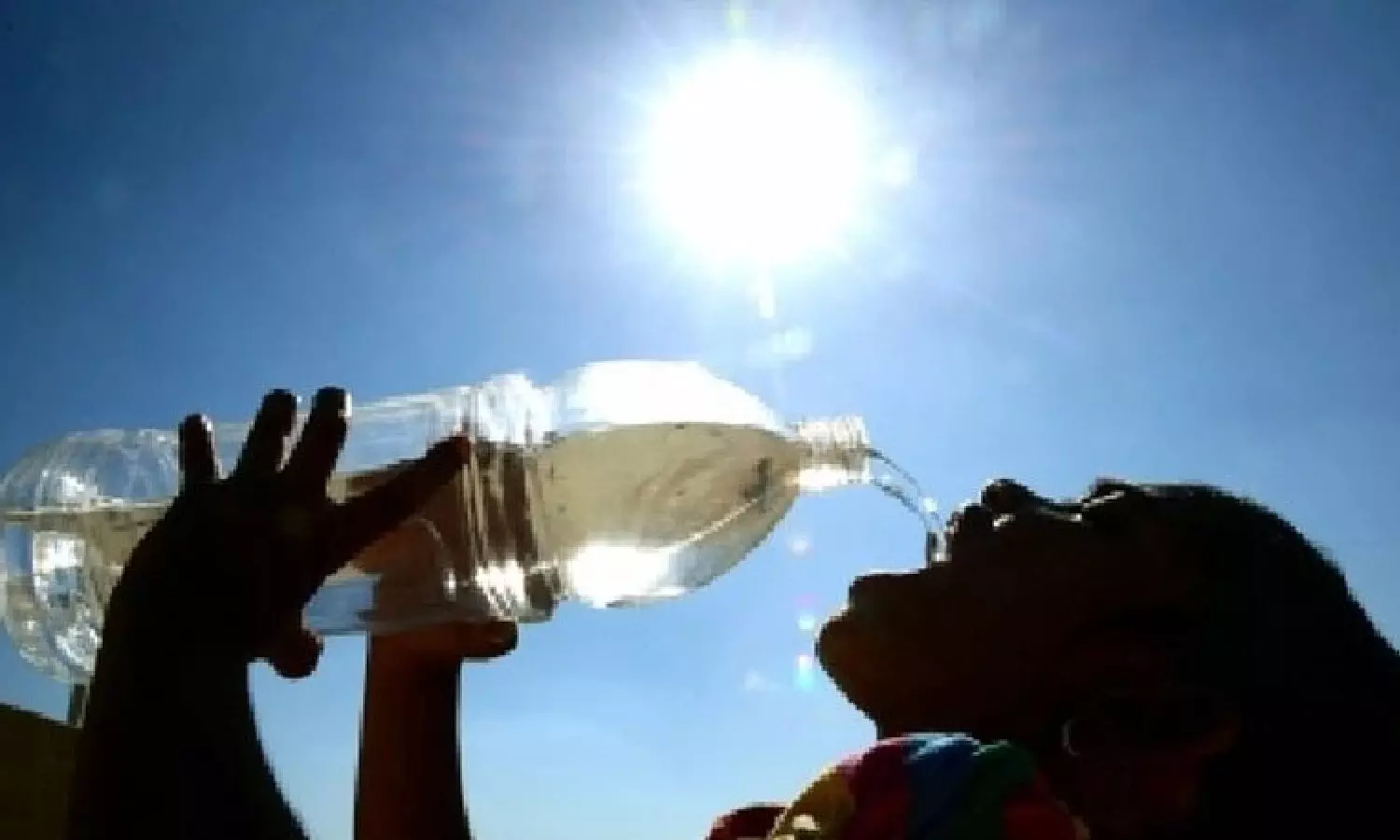
NEW DELHI: Last week, it was reported that the prolonged heatwave sweeping large parts of India had claimed more lives, with 143 recorded deaths and 41,789 people suffering from suspected heatstroke between March 1 and June 20 this year, per Health ministry sources. The heatwave toll is anticipated to be higher than this as the data compiled under the National Heat-Related Illness and Death Surveillance by the National Centre for Disease Control (NCDC) does not have updated submissions from states. Many health facilities are also yet to upload data pertaining to the number of heatwave casualties.
Uttar Pradesh happens to be the worst-affected with 35 deaths followed by Delhi (21) and Bihar and Rajasthan (17 each), according to the data. Parts of northern and eastern India have been in the grip of a prolonged heatwave, increasing heat stroke casualties and prompting the Centre to issue advisory to hospitals to set up special units to cater to such patients. Notifications aside, the pronounced impact of heatwave on the economically underserved sections was highlighted in a recent study.
The Heatwave Havoc report, compiled by Greenpeace India and the National Hawkers Federation tells us that one in every two street vendors faced a loss of income during such extreme weather phenomena, with 80 per cent acknowledging a dip in the number of customers and 50 per cent faced with additional financial stress on account of the extreme heat. The report goes on to inform us that women lose as much as 19 per cent of their paid working hours to heat, which translates into a loss of 0.8% of India’s GDP — approximately $67 bn annually. According to experts, India could lose as many as 3.4 crore full-time jobs by 2030 on account of heat stress.
Obviously, these losses, both in human capital, and economic benefits do not bode well for India. It’s why India requires a comprehensive Heat Action Plan (HAP) that covers every corner of the nation. It might be recalled that India’s first HAP was formulated in Ahmedabad in 2013 by the former director of the Indian Institute of Public Health, Gandhinagar, Dileep Malvankar. The HAPs provide a bird’s eye view of the region’s heat profile including, date on the number of past heatwave events, yearly trends in temperature, among other data points.
In the aftermath of the recent fatalities recorded on account of extreme heat, the union health ministry has issued an advisory for the State Health Department on 'Heat Wave Season 2024'. The advisory has directed state nodal officers under the National Programme for Climate Change and Human Health (NPCCHH) to start submitting daily data on cases of heatstroke and deaths. They have been asked to ensure dissemination of National Action Plan on Heat Related Illnesses (HRI) to all districts and strengthening of health systems preparedness for HRI. States, districts and cities are now waking up to the notion of preparing HAPs. The NDMA and the IMD have teamed up with as many as 23 cities to develop these HAPs.
Experts have called for a renewed approach to India’s heat-tackling strategy, which includes the appointment of a Chief Heat Officer to coordinate measures between the government and stakeholders. Vulnerability assessments need to be conducted across the board, and they need to factor in aspects such as terrain and geography, as well as details of the population demographics, vis-a-vis, occupations and domiciles of those most affected by such extreme weather.

